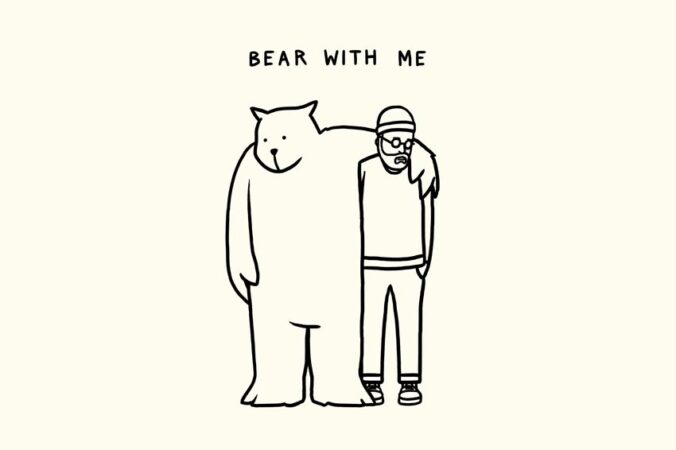While reading Ertmer and Newby’s article on instructional design and theories of learning (2013), my main take away was that each learning theory is beneficial in different instances. Variables such has what is being learnt and what information the learner already has, both impact what methods will be most efficient. This take away is unsurprising to me when I consider my own learning experiences. Specifically, the idea of a learners’ knowledge changing with increased familiarity with content. Ertmer and Newby describe a continuum of knowledge development that corresponds to different learning theories. This continuum starts with “knowing what” (behaviourist), moves to “knowing how” (cognitivist) and proceeds to “reflection-in-action” (constructivist) (2013). This continuum is easily identifiable for me when I examine my process of learning how to crochet.
At the beginning of 2020, when COVID-19 began, I had a lot of free time due to a temporary lay off caused by my place of employment closing. This free time prompted me to pick up crocheting. I had never touched a crochet hook or yarn before but decided this would an enjoyable way to spend my time.
Knowing What
My journey with crochet began with a lot of frustration, counting stitches, and ripping things apart. It began by trying to master the basic steps required to do the act of crocheting. I watched a variety of YouTube videos (instruction), which presented the task of specific steps (environmental stimuli), for me to accurately relay (response). I received instant feedback when what I produced either matched or did not match what I was attempting. This method of instruction is certainly the most efficient for tasks like this which involve repetitive action that has a desired outcome. I soon began to understand exactly what was required for a variety of stitches and was able to create simple patterns.
Knowing How
After I was able to follow patterns and consistently and accurately repeat the required steps, the process by which my learning progressed started to more closely resemble that of cognitivism. I began to alter the crochet patterns I had previously followed by using my understanding of how different steps worked. I would problem solve by attempting different strategies and I became a more active participant in my learning by exploring and becoming more creative. I built on my prior knowledge to the point where I could memorize patterns, recall different strategies to alter patterns, and even develop my own patterns.
Reflection-In-Action
The next step in my crochet journey becomes much more abstract, just as I feel that constructivism can be slightly abstract, especially in its subjectivity. After I developed this skill that I had spent months attempting to improve and master, I started to reflect on my values and whether this skill aligned with them. While I deeply value art and creative expression I had began to occasionally sell the pieces that I made which took me away from creating for myself towards creating for others. I started to see people purchasing things I had made and use them once or twice before they went to rot in the back of someone’s closet for years. While this made me feel unappreciated, it also made me feel like I was contributing to overproduction and overconsumption. I began to construct a new meaning of this skill from my reflection on personal values. I now crochet far less often and am more mindful when I do.
It is clear to me that all three of these learning theories are essential for different phases of learning. Had I started my crochet journey with cognitivist practices I likely would have been a lot more frustrated with the process and unable to make any efficient progress. Had I started with constructivist practices I may never have mastered the skill because I would not have had the motivation. It also feels important to note that while this continuum seems very linear when laid out in this way, in actuality I felt there was a lot of back and forth, and overlap in each step. The learning process has never felt linear to me and often requires stepping backwards, unlearning, and relearning.
Ertmer, P. A., & Newby, T. J. (2013). Behaviorism, cognitivism, constructivism: Comparing critical features from an instructional design perspective.Performance Improvement Quarterly, 26(2), 43-71.


Recent Comments